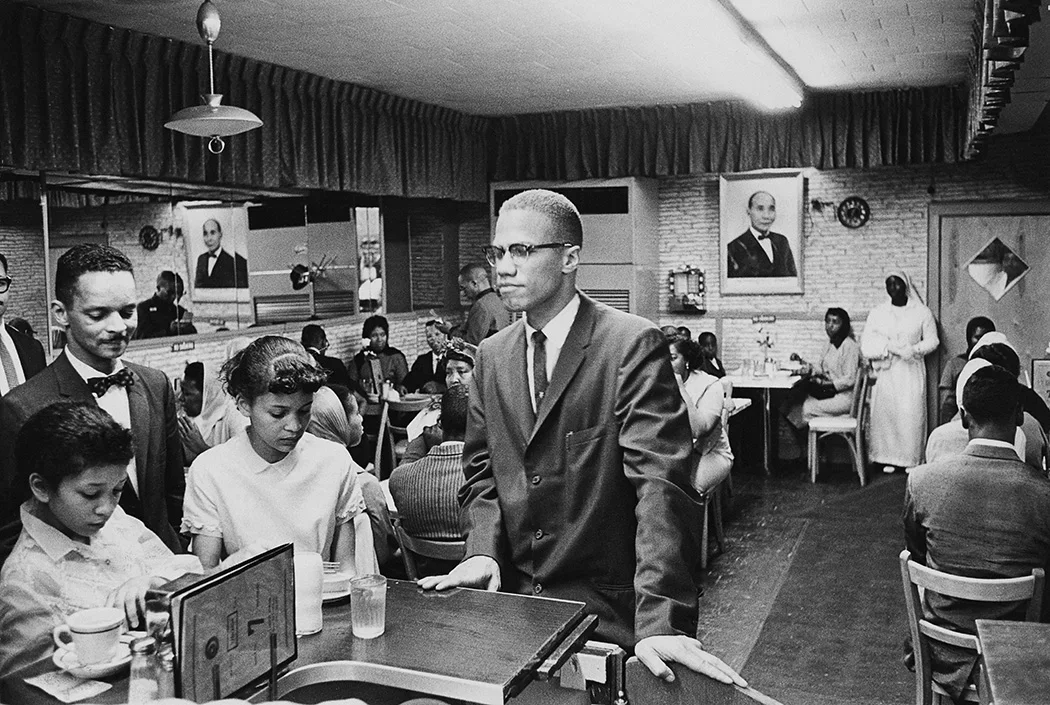Inspire curiosity and deepen understanding in your classroom with proven strategies designed to engage and motivate students, sparking deeper connections to course material.

On this page
More resources
Engage students with real-world contexts from JSTOR Daily
JSTOR Daily is our free online magazine that bridges current events with scholarship, offering a unique mix of accessible, thought-provoking stories across various disciplines.
Several instructors have shared how they’ve successfully used JSTOR Daily to increase engagement in their courses:

Teaching U.S. History with JSTOR Daily
Sara Rzeszutek, Associate Professor of History at St. Francis College, integrates JSTOR Daily into her introductory history course, which includes students with varying academic skills and time constraints. She values its accessible articles, diverse topics, and potential for deeper inquiry, enabling all students to engage meaningfully with historical concepts, regardless of their background.

Musical Myth-Busting: Teaching Music History with JSTOR Daily
Pallas Catenella Riedler, PhD candidate and instructor at the Eastman School of Music, revitalizes engagement in her music history courses with JSTOR Daily. She leverages the articles to contextualize musical works and composers within their socio-political environments, inspire research paper topics, and facilitate learning in asynchronous settings.

Building Classroom Discussions around JSTOR Daily Syllabi
Nicole Donawho, a history professor at a community college in North Texas, uses JSTOR Daily syllabi and roundups to structure engaging classroom discussions. These curated lists offer short, accessible reads organized by topic, allowing for flexible assignments based on student interests or historical periods. Professor Donawho shares her effective strategies for reading assignments, discussions, and post-discussion activities.
Spark meaningful discussions with social annotation
Social annotation is a collaborative way to read and think about a text using digital tools. It transforms reading into an interactive, community-driven experience, allowing students to highlight, comment, and share their insights directly on digital resources. By fostering critical thinking and deeper comprehension, social annotation enables students to engage more meaningfully with course materials and supports close, active reading of online texts.
How social annotation enhances learning
- Encourages active participation, peer-to-peer learning, and critical analysis
- Makes complex scholarly texts more accessible through guided discussions
- Provides instructors with a window into students’ comprehension and thought processes
- Prepares students for richer, more dynamic class discussions
We’ve partnered with leading social annotation tool Hypothesis to bring collaborative annotation directly to millions of text-based JSTOR resources through your institution’s learning management system (LMS).
Learn more about the power of social annotation
- Students need to learn how to read scholarly articles: Here’s how technology can help (blog post)
- Leveling Up: How Hypothesis for JSTOR Increases Student Engagement & Comprehension (webinar recording)
- 4 Ways to Use Hypothesis With JSTOR: Reading and Annotating Scholarly Writing in Community (blog post)
- 7 Reasons to Integrate JSTOR Readings into Your LMS with Hypothesis (blog post)
Get started with Hypothesis
- JSTOR and Hypothesis are fully integrated for institutions that participate in both services; there is no cost to instructors or students.
- If your institution already supports Hypothesis, you’re ready to go! Simply create a Hypothesis-enabled assignment in your course through your LMS. Here are instructions on how to do so.
- If your institution doesn’t yet have access to Hypothesis, fill out this quick form to express your interest, and the Hypothesis team will help you get set up.
- Not sure if your institution is covered? Submit this form, and a member of the Hypothesis team will reach out to assist you.
Connect, share, and grow with JSTOR
Stay informed with teaching and learning updates
Sign up to receive occasional updates packed with teaching resources, new tools, educator success stories, and details on upcoming webinars and events—all designed to support your teaching.
Join a growing community
Be among the first to connect with a global community of educators in the Teaching and Learning with JSTOR LinkedIn group. Share best practices and find fresh ways to boost student engagement with JSTOR’s extensive resources.
Share your expertise
We love working with educators to co-create teaching resources and opportunities to document and celebrate innovative teaching.
Stay connected
Follow JSTOR on social media for valuable content and the latest resources to share with your community.
Image credits: 1. Diego Rivera. Open Air School (detail from the mural The Rural Teacher, Secretaria de Educacion Publica). 1932. Detroit Institute of Arts. 2. Malcolm X at Temple 7, a Halal restaurant on Lenox Avenue and 116th Street, Harlem, 1963, Getty. 3. Charles Abraham Chasselat and Jean Dennis Nargeot. Three Women and Five Men Gathered in a Room Which Opens up to Classical Architecture, the Group on the Left Is Making Music While the Others Are Engaged in Conversation; Representing the Continent of Europe. n.d. Wellcome Collection. 4. Getty.